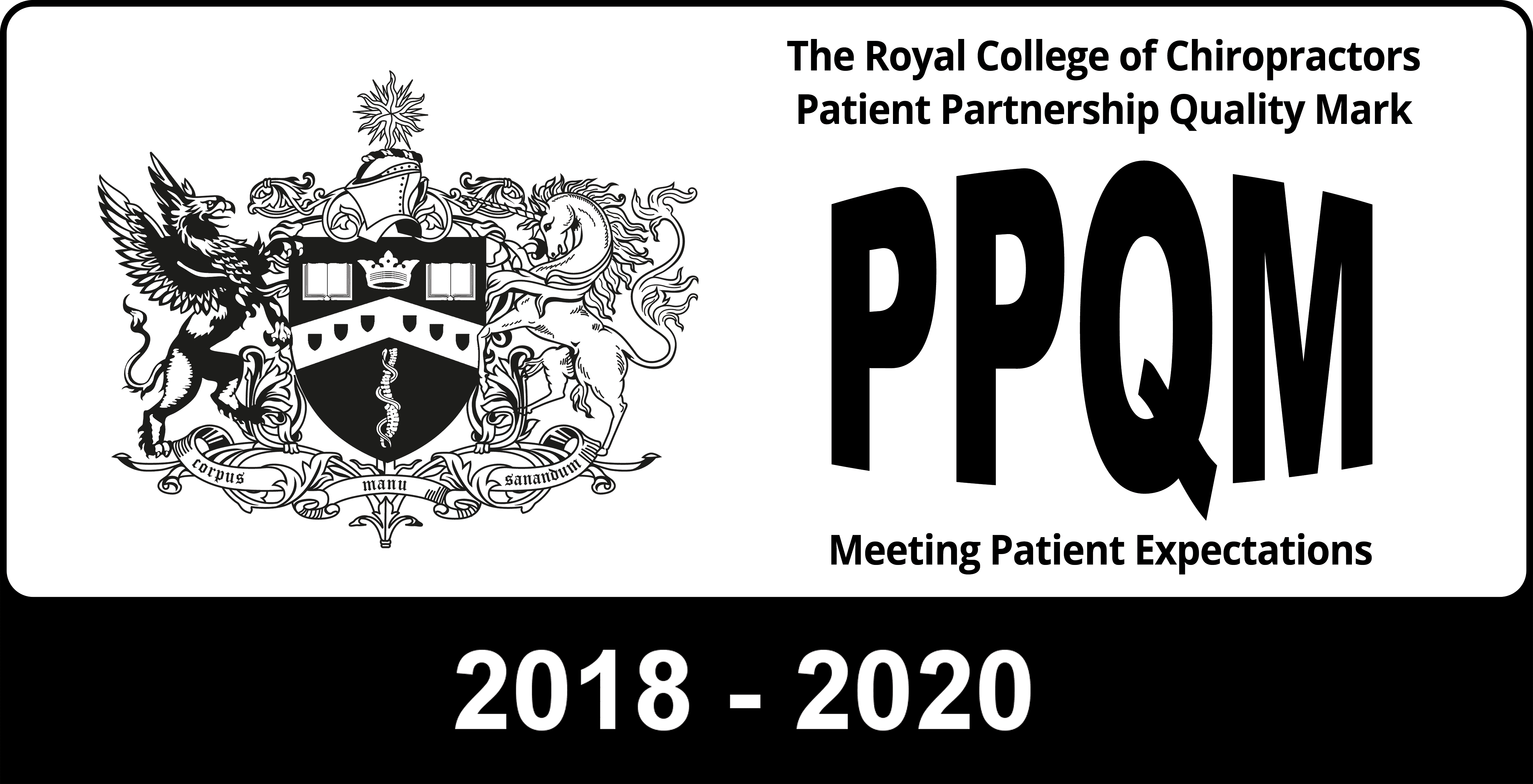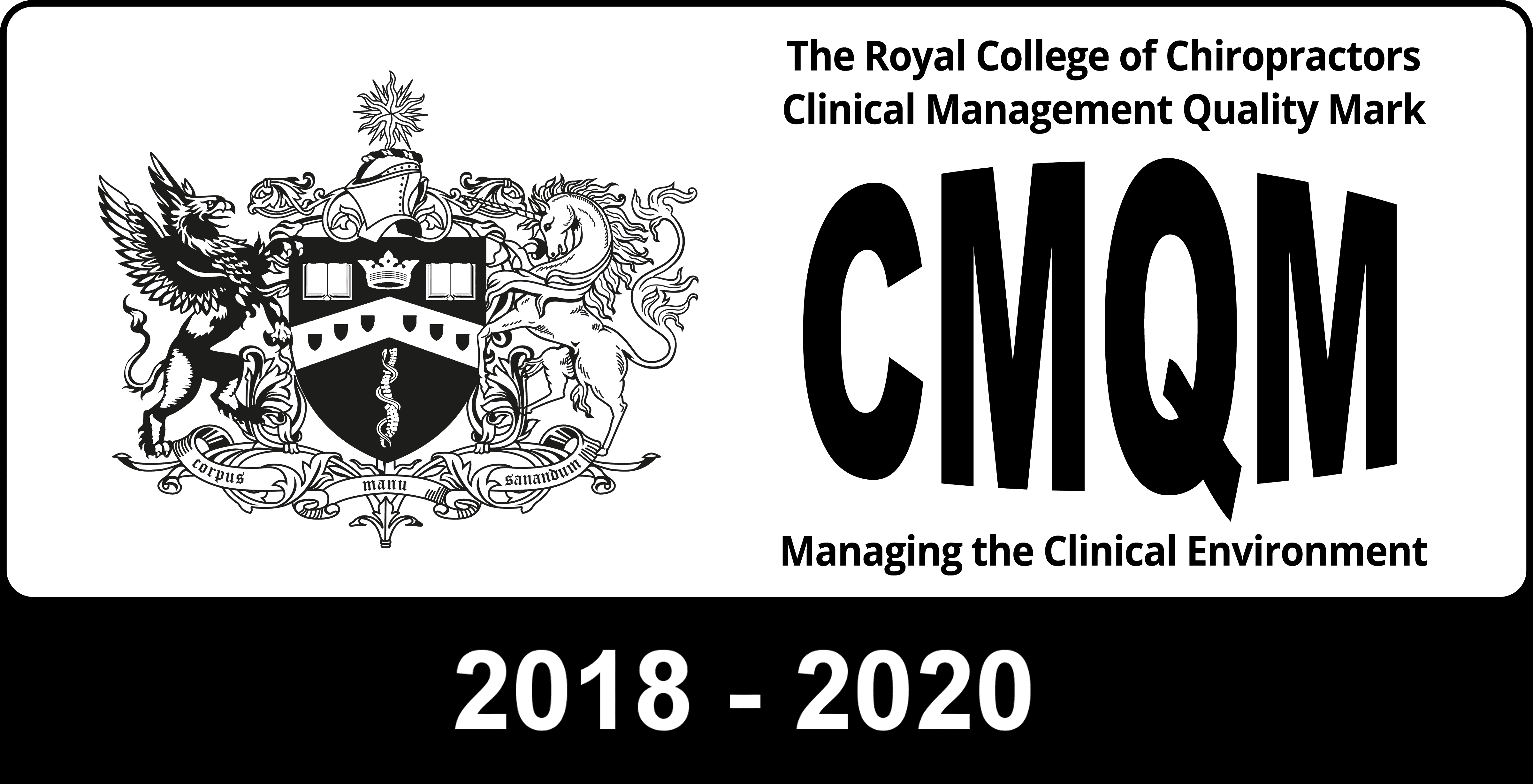Osteoporosis is quite common in Britain. Each year there are around 70,000 hip, 120,000 spine and 50,000 wrist fractures due to osteoporosis.
Women are affected more often than men and the risk of osteoporosis increases with age. However, there a number of other factors which can affect your risk of developing osteoporosis.
These include :
- Corticosteroids
- Oestrogen deficiency
- Lack of exercise
- Poor diet
- Heavy smoking
- Heavy drinking
- A Family history of osteoporosis – related fractures
What are the typical signs of osteoporosis?
There are usually no obvious, physical symptoms of osteoporosis. Quite often the first sign of osteoporosis is when somebody breaks a bone in a relatively minor fall or accident. Fractures are most likely to the hip, spine or wrist.
Spinal problems occur if the vertebrae become weak and lose height (termed a crush fracture). If several vertebrae lose height, the spine will start to curve forward. This may cause back pain and loss of height and some people may have difficulty breathing simply because there is less space under their ribs.
However, minor fractures of the vertebrae are not always painful. Once a crush fracture has healed (usually 6 – 8 weeks, possibly longer) then gentle chiropractic manipulation is a safe and effective way to restore some of the lost mobility in the area and so ease discomfort.
If a doctor suspects osteoporosis, a dual energy x-ray absorptiometry (DEXA) scan is the best method of measuring the density of the bones and assessing the risk of fractures.
How is osteoporosis treated?
There are two aspects to the treatment of osteoporosis:
Treatment of the existing fractures, followed by treatments to strengthen the bones and reduce the risk of further fractures.
Calcium and vitamin D – many people do not have enough calcium in their diet and will benefit from calcium and vitamin D supplements.
Various drugs a doctor may prescribe include: Bisphosphonates, Strontium ranelate, Teriparatide, Raloxifene, Hormone replacement therapy (HRT) and Calcitonin.
To help prevent osteoporosis, a diet that provides plenty of calcium combined with regular exercise throughout childhood and adult life can help to reduce your risk of developing osteoporosis as you get older.
If you’re concerned about any aspects of osteoporosis then contact your GP or arrange for a consultation with one of our chiropractic team.

